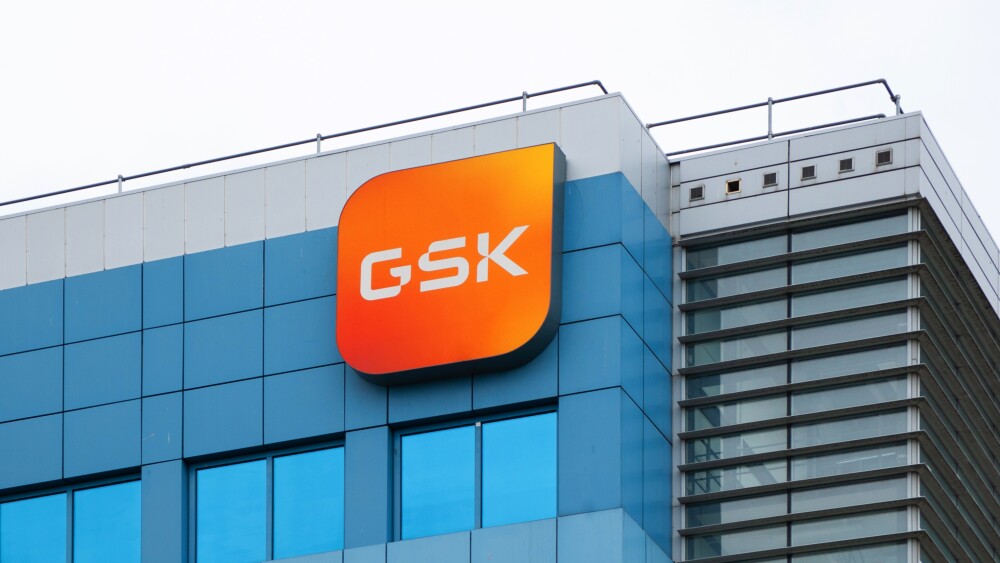At the heart of the acquisition is Regulus’ farabursen, an miRNA-targeting oligonucleotide in early-stage development for rare autosomal dominant polycystic kidney disease.
Novartis is buying Regulus Therapeutics for $800 million upfront, beefing up its oligonucleotide pipeline with the San Diego biotech’s miRNA-targeting assets, according to a press announcement on Wednesday.
Under the terms of the acquisition agreement, Novartis will procure all of Regulus’ shares for $7 a pop—a purchase price that represents a 108% premium to the biotech’s closing price on Tuesday. Novartis is also offering Regulus’ shareholders a $7-per-share contingent value right, payable after hitting certain milestones. All told, the acquisition could be worth $1.7 billion.
Boards of directors of both companies have unanimously approved the transaction, which is expected to close in the back half of the year, pending customary closing conditions.
The centerpiece of Wednesday’s merger is Regulus’ farabursen—its regulatory approval is the trigger for Novartis’ contingent value right offer—an oligonucleotide being developed for autosomal dominant polycystic kidney disease (ADPKD), a rare, hereditary condition that affects around 160,000 patients in the U.S., according to Regulus.
The disease is caused by mutations in the Pkd1 or Pkd2 gene, leading to the accumulation of fluid-filled cysts in and across the kidneys and worsening kidney function over time. When left unchecked, ADPKD can lead to kidney failure and eventually death.
According to Regulus, Pkd1 or Pkd2 mutations are tied to the upregulation of miR-17, a microRNA molecule that “directly leads” to suppression of certain genes, ultimately dampening the production of the proteins encoded by those genes, polycystin 1 (PC1) and 2 (PC2).
Farabursen binds to miR-17 to disrupt this pathway to “correct the underlying pathology of ADPKD,” according to Regulus. Through this mechanism of action, farabursen can restore PC1 and PC2 levels, in turn reducing the growth of cysts. Farabursen is in a Phase Ib study that is expected to complete later this year.
Aside from farabursen, Regulus is also advancing another nephrology asset and is working on a program for an undisclosed central nervous system indication.
The Regulus move is in line with Novartis’ business development philosophy this year. During the pharma’s year-end report for 2024, CEO Vas Narasimhan told reporters the company would “continue our strategy to look for primarily bolt-on acquisitions that we think will bolster our growth in the 2030 and beyond period.”
A few days later, Novartis put $3.1 billion on the line to acquire Anthos Therapeutics and its anticoagulant antibody abelacimab.






